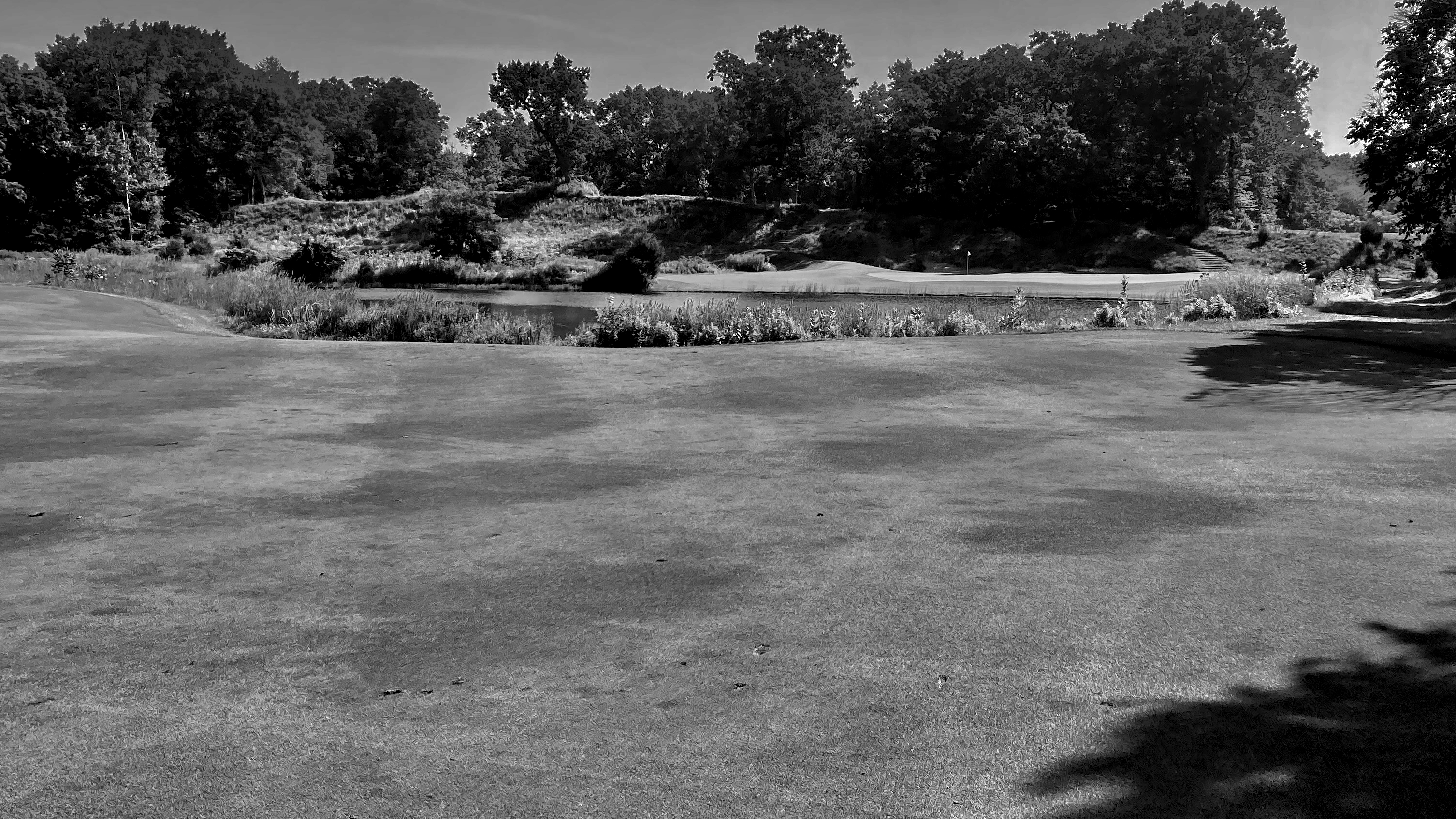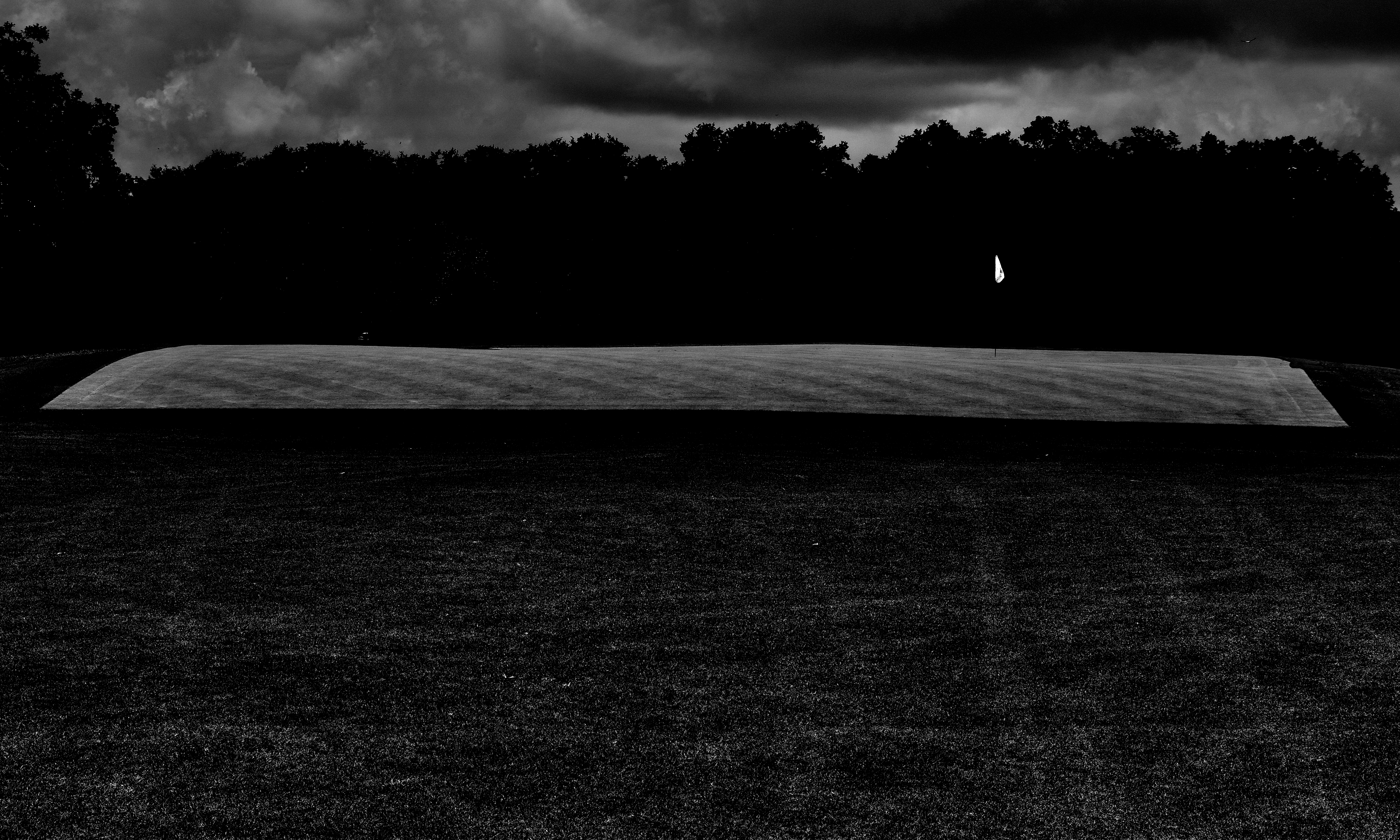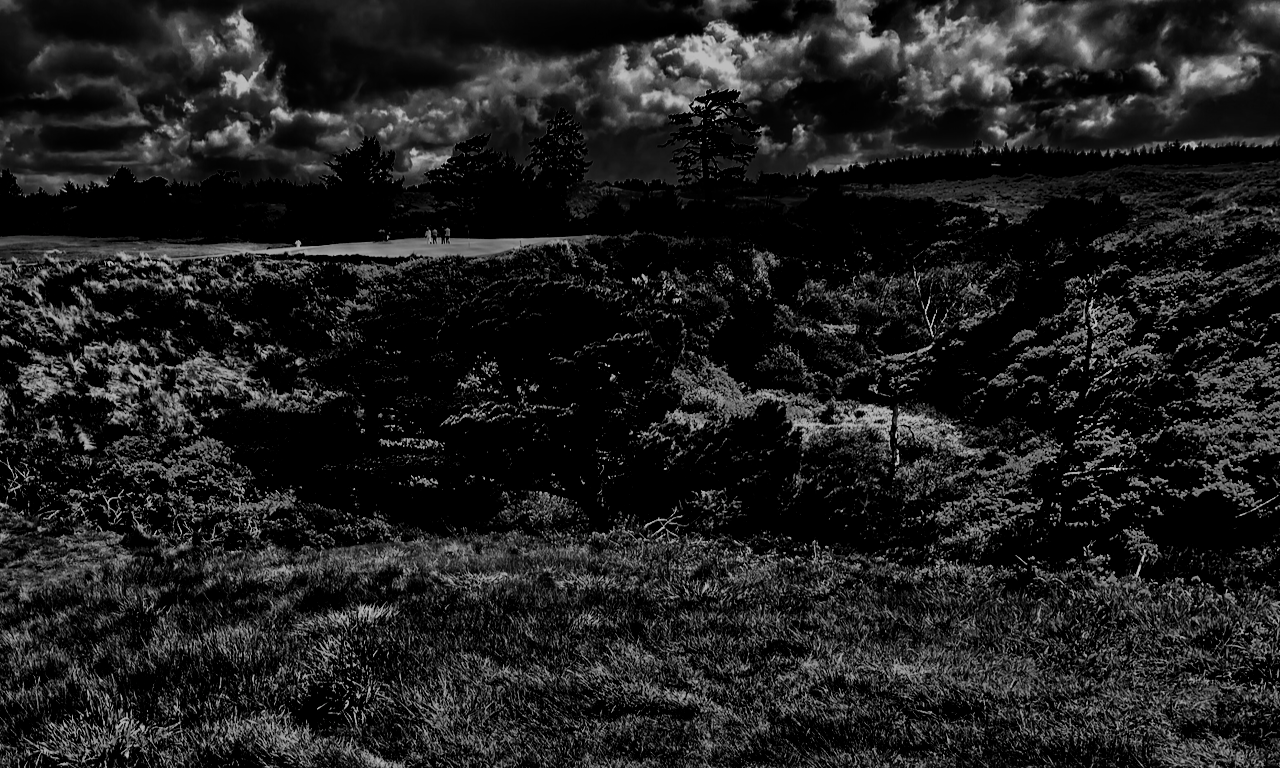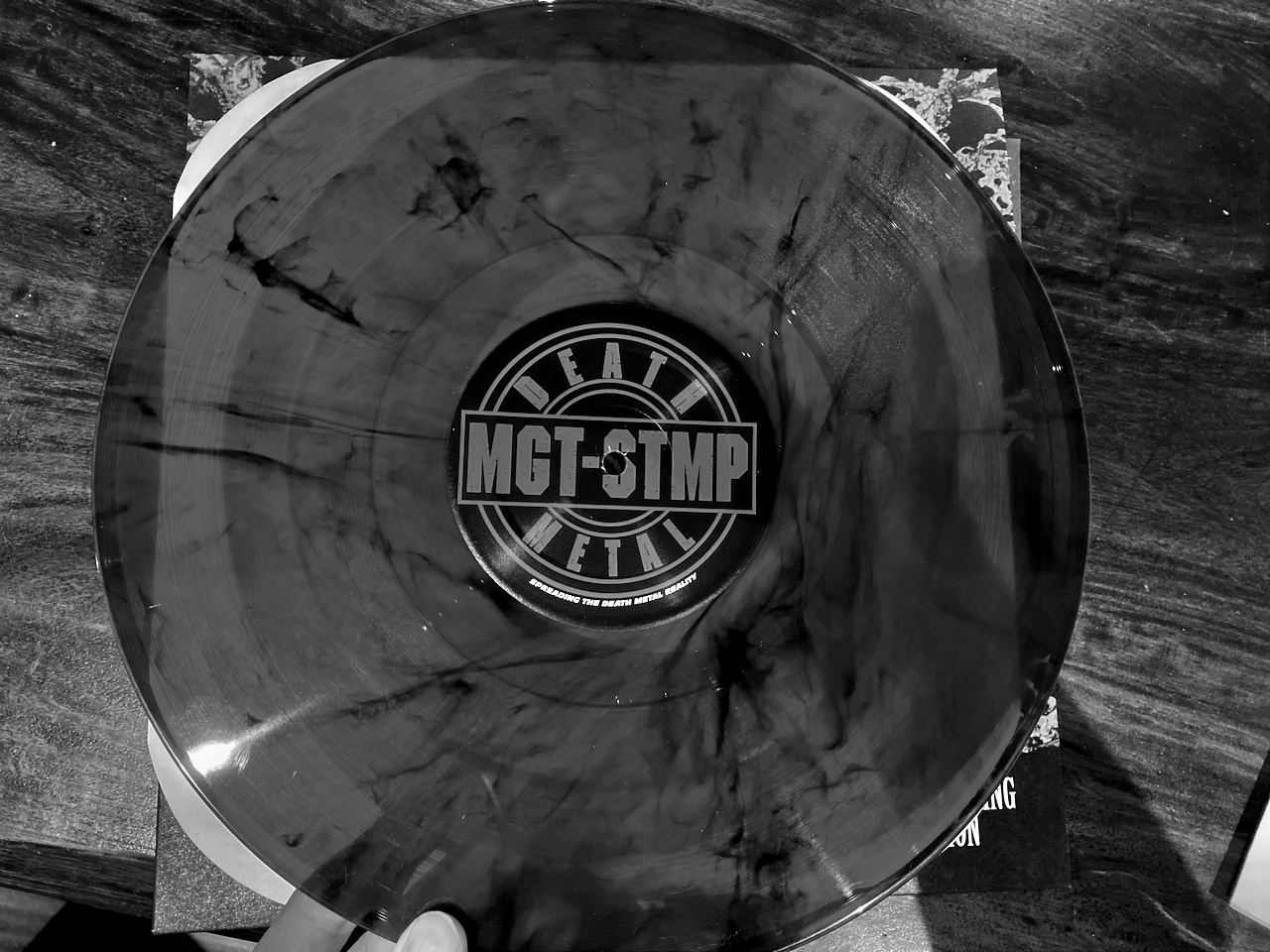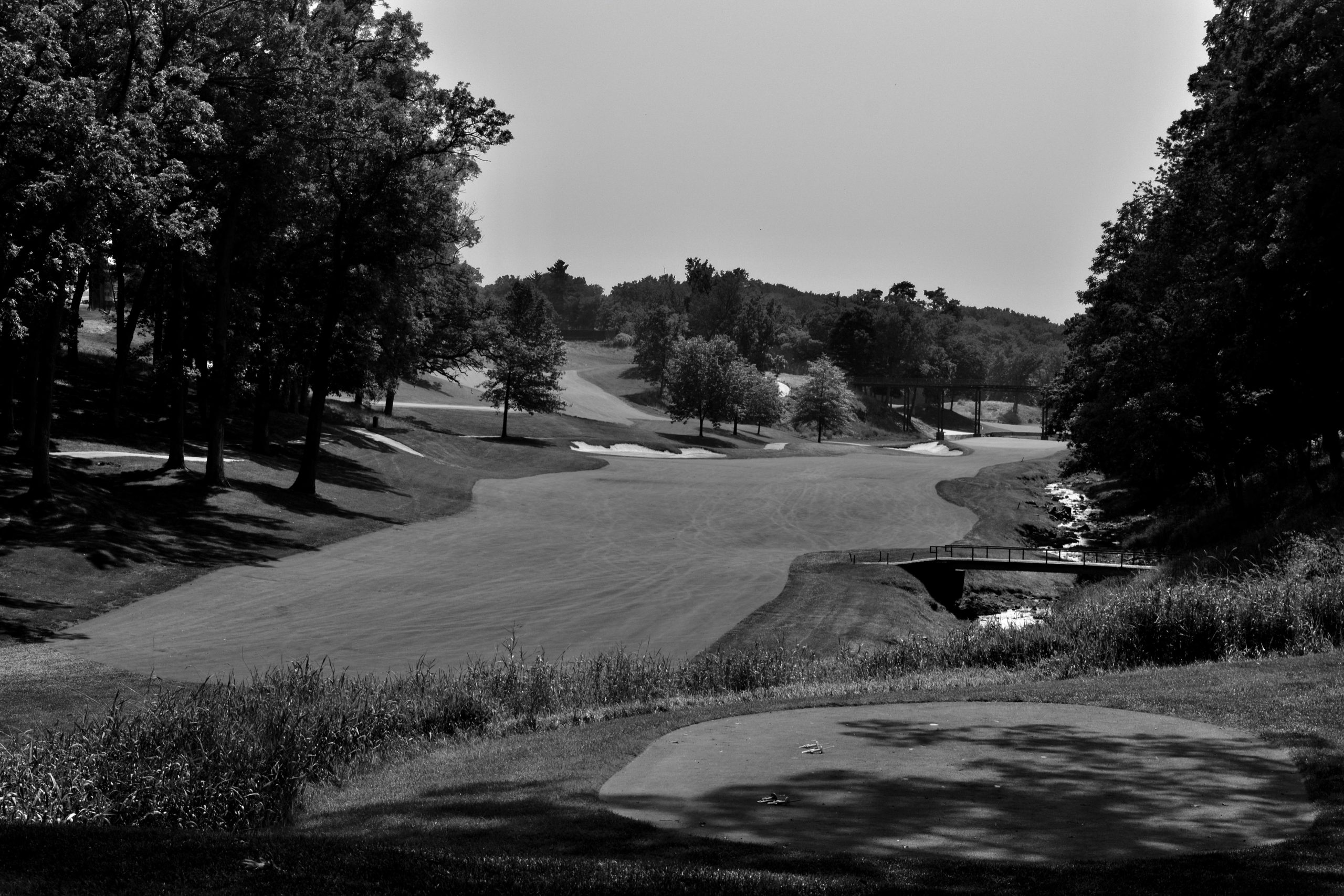I’ve got opinions on what golf courses would most benefit from receiving a restoration from a qualified architect. As do you. We are both shocked when the rest of the world’s golf course architecture aficionados don’t prioritize the same projects that we do. The solution, obvious to anyone who has taken Statistics 201, is to create a larger sample size to determine what are truly* the most restoration-deserving courses in the United States.
We sent invitations to participate to a range of course architects, superintendents, professionals, journalists, and otherwise well-traveled armchair enthusiasts in order to hear their ideas. The result is this, a countdown of the 25 courses that these experts most want to see renovated or restored. This list comes from 255 total courses, nominated by a group of 76 experts.
All nominators were instructed that they could nominate, in order of preference, up to 10 courses. If ranked, point values were assigned via a semi-academic reflection of preference emphasis, based on existing literature (i.e., I took a less amateur-hour process than “ten points for your first ranking and one point for your tenth ranking”). In the case of a tie between courses at the end of the process, the total number of nominators served as a tiebreaker. All nominees were required to be:
- In the United States (i.e., no Highland Links).
- Not undergoing another restoration or renovation project currently (many are unaware of the current plan in place for Kankakee Elks, but there is one).
- Exist in a location where reconstruction is possible (i.e. Flushing Meadows would be amazing, but it’s impossible. No Sand Valley Lido-style rebuilds allowed here).
- There was no prescribed method for what changes would take place at the course. They could be restorations, renovations, or Andrew Green-at-Congressional reorganizations.
*Will you be angry about this list? Yes, inevitably. After all, both GOLF and Golf Digest create their course ranking lists, and we as a community hate them in spite of their efforts. This list will no doubt create similar reactions among ye.
So here we go. The 25 courses that would benefit most from reno/restoration, according to the people:
Continue reading “America’s 25 Most In-Demand Golf Course Renovations/Restorations” »

